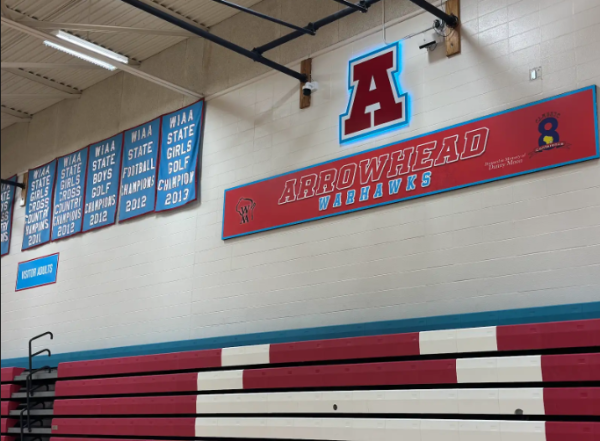That’s What Makes Jelly Beans Different Colors
Autism, though widely misunderstood as an illness that makes one mentally incapable, is defined as a neurological arrangement that includes far more connections in the brain than those without autism. This creates additional wiring for the brain to sift through, before a proper reaction to each action can be performed. According to researchautism.org, the reactions of autistic children are about 10 seconds behind those of children without autism.
Approximately one percent of the world’s population has autism, making the demographic far out numbered. Imagine this: you are an average student who can accomplish just as much as your peers, but it takes you a little longer. Instead of being able to read 60 words a minute, you can read 10. You can still accomplish reading 60 words, it just will take you a longer duration to do so. This is similar to the challenge many kids with autism face.
Students with autism are capable of just as much as children without autism, they just need a little more time. A delayed reaction to everyday activities may sound like an easy fix, as this is the major dilemma in social interaction among autistic children.
Autism further impacts the ability of a child to interact socially. Many children who are autistic can become hyperfocused on sounds, lights, tastes, and other everyday environmental features of which a child who is not autistic could care less about. This interest in everyday objects, along with difficulty perceiving sarcasm and word play, further complicate social interactions for children with autism. The reactions of an autistic child in a social setting could include physical movements, repetition of phrases, and other actions that may seem abnormal to teens. However, repeated movements or language can be used to express thought and emotion (such as excitement or stress).
Students with autism are often times left out or severed from groups of teens in a school setting due to these social differences. For example, I am enrolled in a performance training physical education class. My class is integrated with students who have mental and/or physical disabilities. Though I do my best to make the students with disabilities feel welcomed and included, my efforts are sometimes ignored or not perceived correctly by students with autism.
There is also a thin line between being kind and being smothering. It is often difficult for students to know if they are offending a student with a disability by offering help that they might not offer to other students. The best way to assimilate students with disabilities in a classroom environment is to remain kind, calm, and to treat them the same as you would any other student. This establishes a normalcy in the classroom.
There are two ways to view autism: as a disability or as a difference. Seeing autism as anything other than a neurological difference would be an assertion made without thought or evidence.
Autism is defined as the slowed process of “pruning,” which is the process in which the brain essentially shuts down extra connections. This means that in the end, the brain of an autistic child is more active at any given time than the brain of a non-autistic child. Children with autism struggle in social settings because of this delayed reaction caused by an excess of connections in the brain. This social discomfort can be helped by providing students and teachers with education on what autism is, allowing individuals to understand how they can ease the transition to social normalcy for autistic children.
The notion of complete integration of autistic children in not only a school setting, but also a social setting, is completely possible. The only requirement is the acceptance of difference.
Autism is just another variation of the human brain, mind, and body—just as the rest of mankind differs from one another. It is mankind’s contrast from one another that provides diversity on this planet. It is the human race’s refusal to conform that makes jelly beans different colors.









